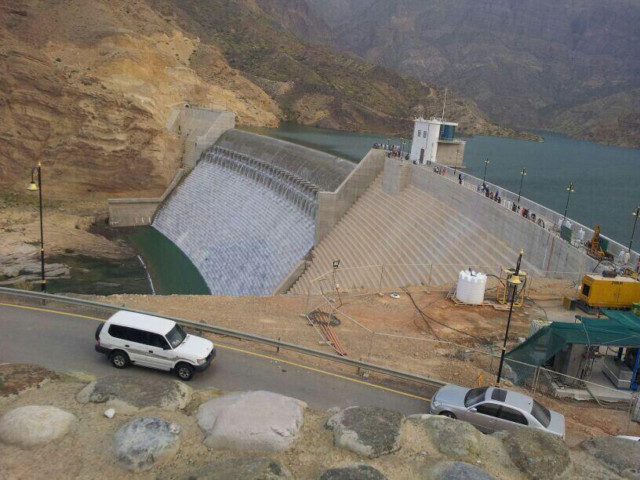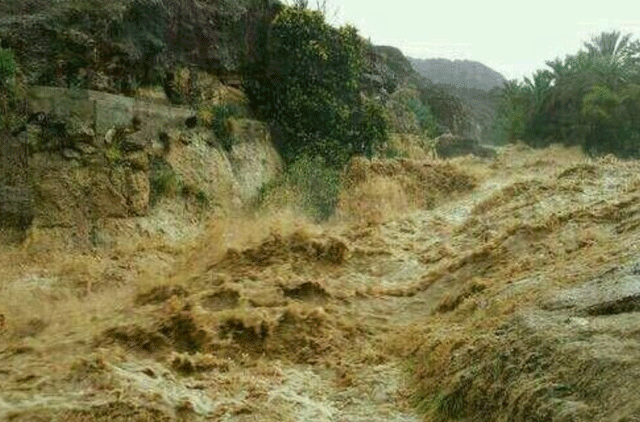Al Ain: Tropical cyclone Nanauk that has developed in the Arabian Sea is expected to hit the Omani coast in the next three or four days, sending some mild effects up to the UAE, particularly the eastern and south-eastern areas.
The storm, named 02A by the US Joint Typhoon Warning Centre (JTWC), is currently located deep in the Arabian Sea. The cyclone has an estimated surface speed of 70 to 90km/h and is moving slowly in the north-west direction towards the Arabian Peninsula.
A live picture of the cyclone, courtesy of earth.nullschool.net. If the map does not show, click link or open in a different browser.
According to the UAE’s National Centre of Meteorology and Seismology (NCMS), by Wednesday afternoon, the tropical cyclone was some 960km south-east of the Masirah Island of Oman. “It would move and intensify further in the centre of Arabian Sea on June 12 and 13,” said the centre.
The storm, Oman’s Public Authority of Civil Aviation (PACA) said, is expected to move northwestward and make landfall in Oman between Ras Al Hadd and Ras Madrakah on June 15. Nanauk will intensify further in the centre of the Arabian Sea, but it is expected to weaken before approaching the coast of Oman.
Dhiqah Dam in the Province of Qurayat, which water will be released from in anticipation of the coming cyclon.
Hundreds of Omanis have started to leave Masirah Island on their own to safer places in the nearby provinces in the Sharqiyah governorate.
Also, the Ministry of Regional Municipalities and Water Resources has started to release water from Dhiqah Dam in the Province of Qurayat to prevent possible flooding that may come with the storm.
According to officials at the ministry, the authorities are all “fully prepared” for the cyclone.
In the UAE, the NCMS said the cyclone was unlikely to affect the UAE: “the Weather model charts don’t show any direct effect to the UAE in the next four days.”
The weather will be fair in general and hazy at times with scattered clouds over some eastern areas of the UAE by afternoon.
The JTWC has also issued an alert with the projected movement of the typhoon. During the storm, all kinds of sea transport and vessels have been asked to keep away from the stormy area. Most of the coastline of Oman could face stormy conditions and people have been advised to not venture into the sea.
NCMS, Omani and Pakistan weather centres and the JTWC have been closely monitoring Nanauk to keep an eye on developments. At the height of the storm, the JTWC said waves could go as high as 16 metres in the Arabian Sea.
The cyclones hitting the Arabian Peninsula is a rare phenomenon, but some have in the recent past reached Omani shores, such as Gonu, one of the most power cyclones to hit the region, in 2007. A few cyclones have earlier hit Oman from the south-east, such as in 1992 and 2002. According to the University of Illinois, cyclones are of three types — tropical depression, tropical storm, and hurricane. A tropical depression is a system of organised clouds and thunderstorms with maximum sustained winds of 37 to 62km/h.
A storm that gains well-defined circulation of maximum sustained winds of 63 to 117km/h is called a tropical storm. Hurricanes are the intense tropical weather system with maximum sustained winds of 118km/h.
In the western Pacific, hurricanes are called typhoons and similar storms in the Indian Ocean are called cyclones.













